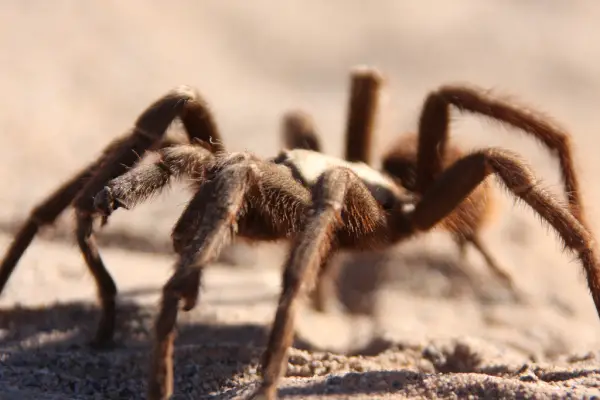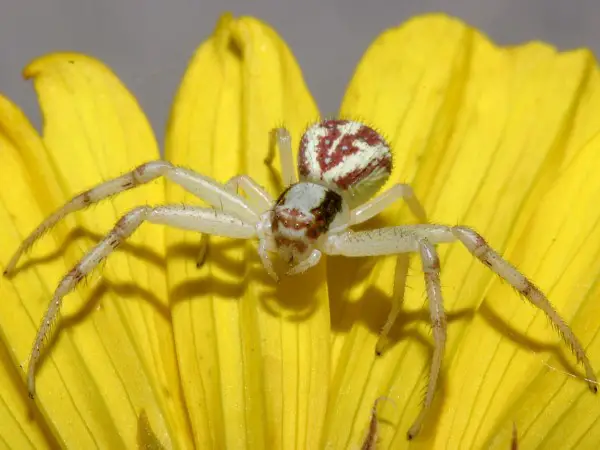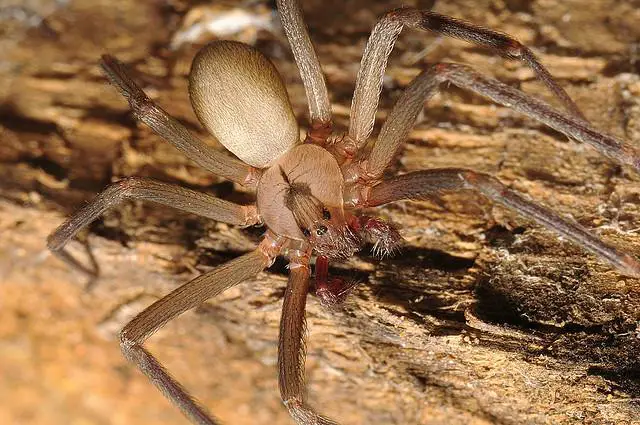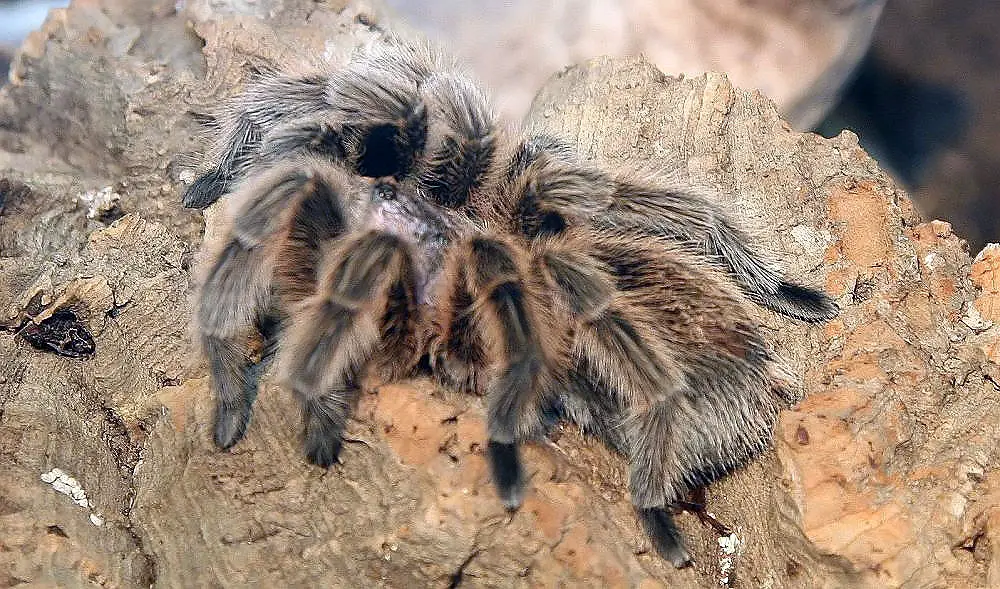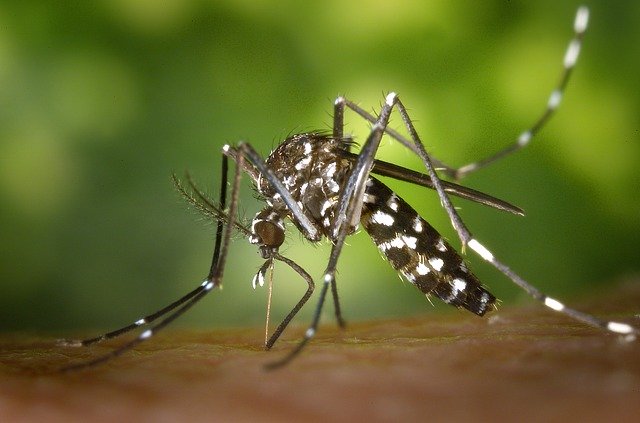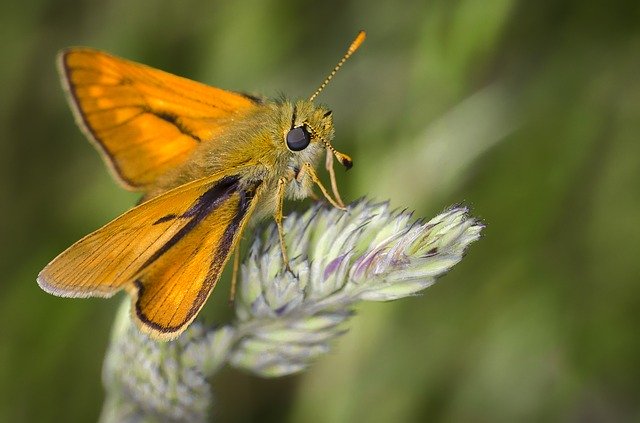The brown widow spider (Latrodectus geometricus) is thought to occur in Southern California during the last ten years or so. It continues to expand its territory and is likely to move toward the central California in distant future. The spider is also known as house button spider, grey widow spider, and brown black spider.
Brown Widow Spider Facts
Anatomy
- Adult males average 2 – 3 mm in length while the females are 7 – 10 mm longer.
- Brown widow spiders are believed to have evolved in South Africa.
- The legs are tan brown color with black markings on each of its legs. There is an orange hourglass marking on its belly.
- The brown widow’s bite is typically not as venomous as that of black widow’s and its bite is less likely to cause any serious damage.
- They have eight eyes which are positioned in two horizontal rows—each having four eyes.
- Front legs appear to be longest while the third pair is the shortest.
- Mature spiders are commonly found in all seasons.
Distribution
- The brown widow spider is commonly found throughout Australia, China, United States, Tanzania, Japan, Afghanistan, Brazil, Cyprus, El Salvador, Costa Rica, and Thailand.
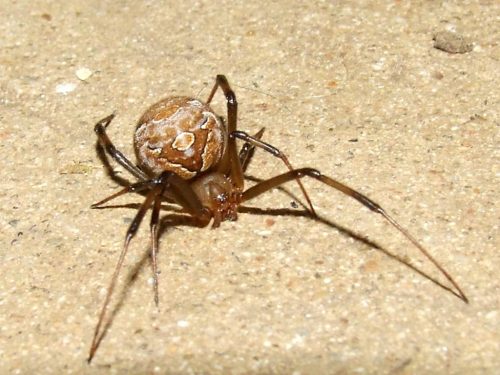
Habitat
- Brown widow spiders make homes around buildings in urban areas. They are not scared of human population. Brown widows also build its web in woody vegetation as well as in other protected sites.
- In urban areas, brown widow’s habitats are found in storage closets, nursery pots, mail boxes, garages, and under eaves.
- They are known to compete with black widow spiders.
Feeding Ecology & Diet
- Brown widows primarily feed on insects and other small animals including spiders.
Behavior
- However less venomous these spiders are, they are potentially dangerous. But the animal doesn’t seem to possess aggressive behavior. It is quite timid.
- If the spider bites, it can cause a reasonable pain or swelling.
- Female spiders are thought to bite and they live a longer life than males.
Reproductive Biology
- The female spider lays 120 – 150 eggs per sac and is thought to make 20 sacs during her lifetime.
- Female spiders molt 6 – 9 times before they attain maturity age.
- Spiderlings hatch in approximately 20 days. The diameter of each egg is 10 mm.
- The egg sac is so unique that one can easily recognize it.
- Brown widows have an average lifespan of 2 years.
- Predators of brown widows include digger wasps and mud daubers.

